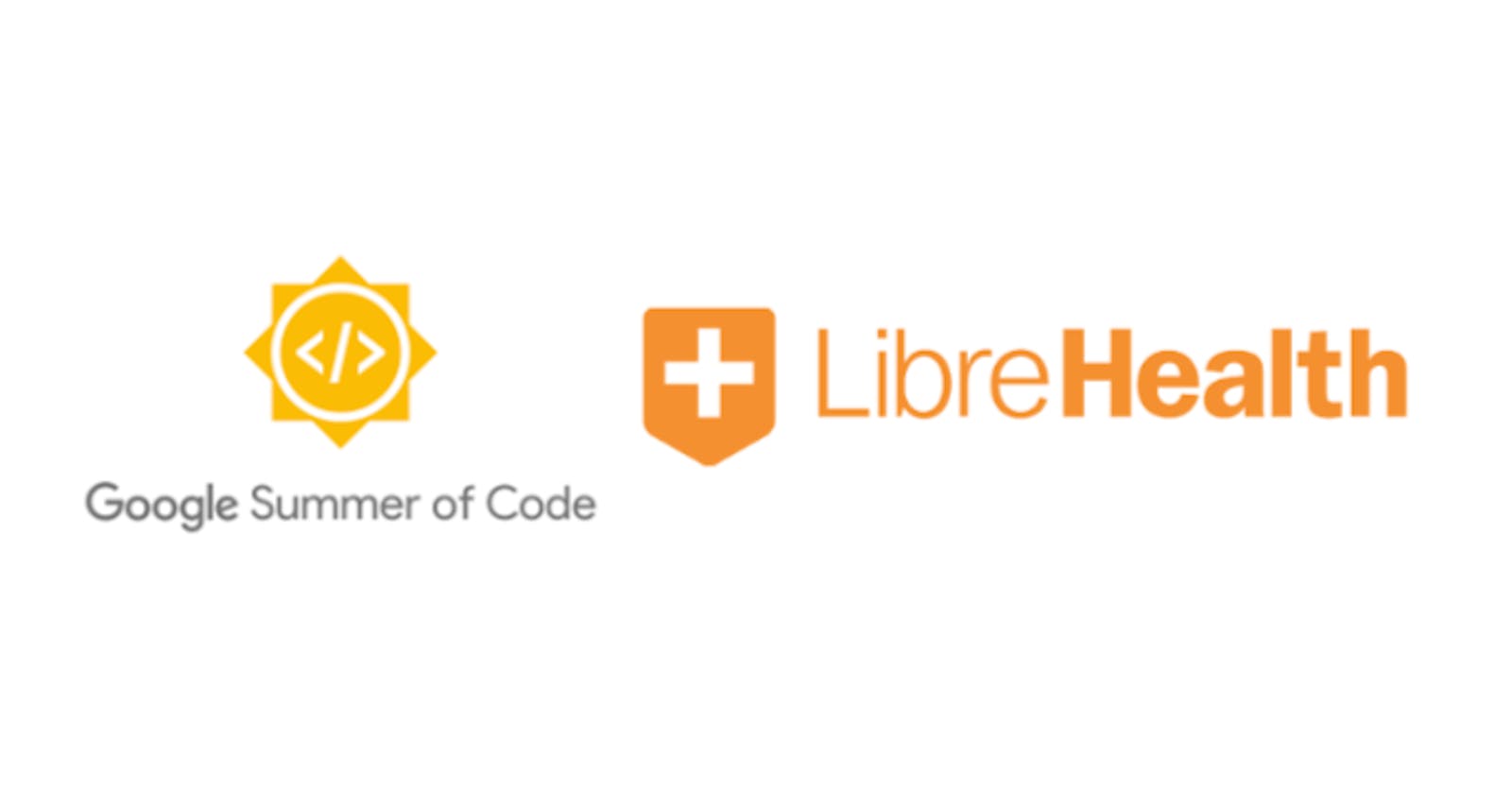In this blog series, I will be sharing my experiences, challenges, and achievements as I embark on this GSOC adventure. Join me as I dive into Week 2, where I kickstart my work and make significant strides toward my project goals.

How the week started 📈
During the initial days of the week, I enthusiastically delved into tackling the UID problem I had mentioned in my previous blog from the week before (Previous week's blog).
To ensure I was on the right track and to seek guidance, I scheduled a meeting with my project mentors. During this meeting, we had a productive discussion on how we would strategize and plan for the upcoming summer coding period. This meeting proved to be invaluable as it allowed us to align our goals and set a clear direction for the project.
In preparation for the meeting, I diligently compiled a list of features that I intended to implement. I presented this comprehensive list to my mentors, outlining how each feature would contribute to solving the problem at hand. To facilitate collaboration and tracking, I also shared my plan to create corresponding issues on the GitLab repository, which would serve as a roadmap for the project.
During the meeting, I took the opportunity to clarify any doubts or questions I had regarding the project. My mentors provided insightful and comprehensive answers, leaving no room for uncertainty. This exchange not only expanded my understanding of the project but also boosted my confidence in approaching the coding tasks ahead.
Here is the link to the meeting which I had with my mentors -: Link
Things I Coded and the Problems It Solves 🧑💻
The week primarily focused on engaging in discussions rather than extensive coding. However, as previously mentioned, I did manage to make progress in implementing the BLoC architecture, specifically targeting the retrieval of the UID for both attributes and entities. This coding effort was a crucial step toward addressing the problem at hand.
Furthermore, I took an important step towards collaborative development by creating my first issue on the GitLab repository. This issue served as a clear description of the problem or task that needed to be solved. By documenting it on the repository, it allowed other team members to easily track and contribute to its resolution.
To actively contribute to the project's development, I also initiated a pull request on the GitLab repository. This pull request contained my proposed solution to the problem I had identified, demonstrating my ability to effectively tackle issues and provide solutions.
Contributions of the Week:

Here is the link to the contribution for this week -:
Issue -: Enhancing Authentication Flow and Retrieving Essential Attributes from the Server.
Related Merge Request -: Fixes #38 Enhancing Authentication Flow and Retrieving Essential Attributes from the Server.
Upcoming week: A Focus on Fetching Data, Creating attributes, and Implementing BloC Architecture
Looking ahead to the next week, I have a clear plan of action to continue advancing the project. Here are the key tasks I aim to accomplish:
Implement the functionality to fetch infant data from the server: Building upon the progress made so far, I will focus on developing the necessary code and logic to retrieve infant data from the server. This functionality will involve establishing a connection to the server, querying the relevant endpoints, and retrieving the required data in a structured format.
Create the necessary attributes in the DHIS2 server: To ensure seamless data management, I will proceed with creating the essential attributes in the DHIS2 server. Specifically, I will establish the unique attributes of infants, such as their identification codes, the Skin-To-Skin attribute for tracking their status, and the temperature attribute for recording temperature-related information. These attributes will provide a comprehensive framework for capturing and organizing infant data effectively.
Add dummy data to the server: To facilitate testing and demonstration of the system, I will populate the DHIS2 server with dummy data. This step involves generating fictitious data points that closely resemble the actual data we anticipate receiving from infants. By adding this dummy data, we can evaluate the functionality of the system, identify any potential issues, and ensure its readiness for real-world data integration.
Stay Tuned for Weekly Coding Chronicles...
As the coding phase unfolds, I am excited to share my progress and experiences through weekly blog updates. Every weekend, I will be publishing insightful posts that delve into the intricacies of my GSOC'23 journey. From triumphs and challenges to moments of inspiration and breakthroughs, these blogs will offer a glimpse into the world of coding and personal growth. 💖

